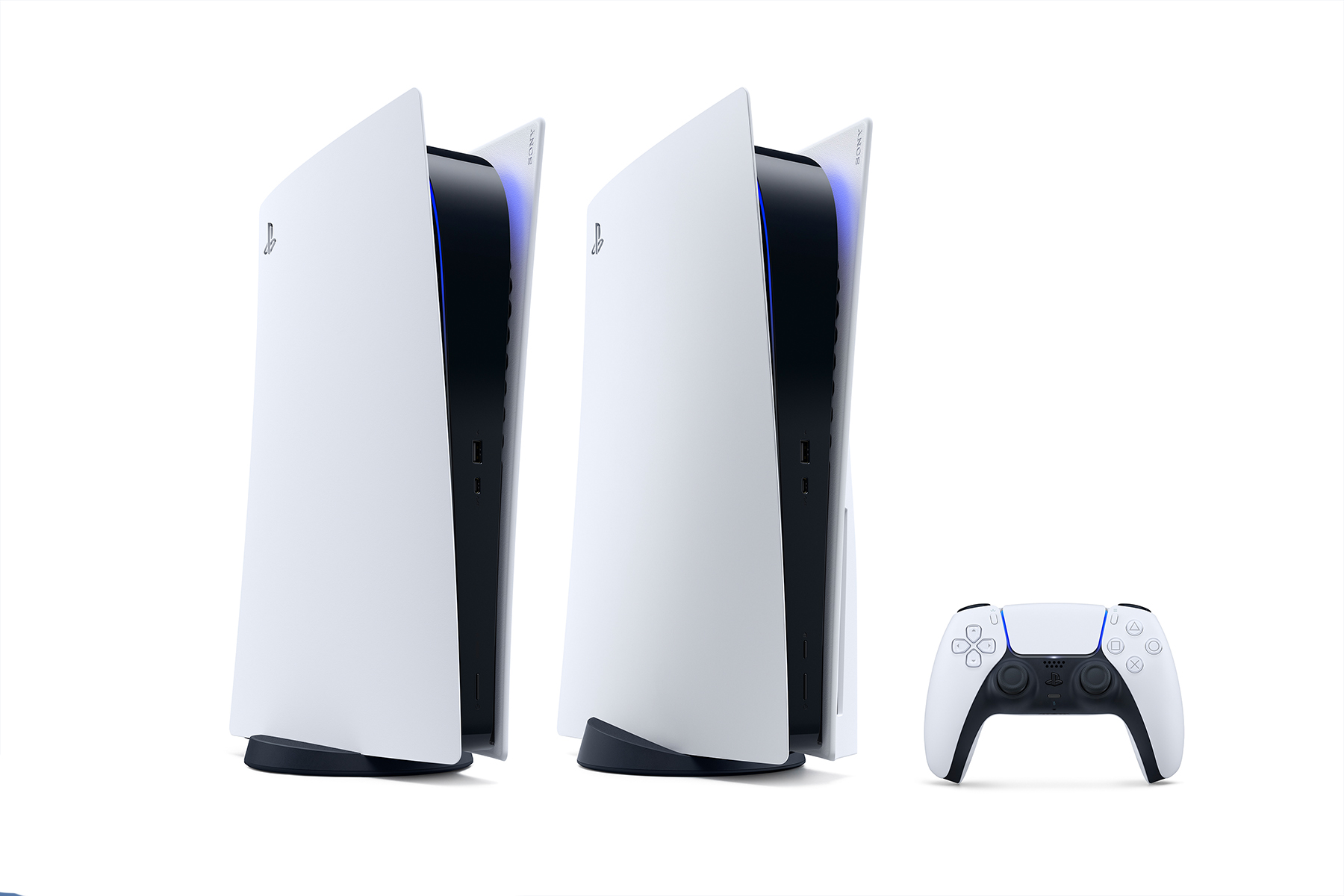A closely matched next-gen bout that promises to be a crowd-pleaser.
PlayStation 5 vs Xbox Series X
It’s almost that time again for a new console generation brouhaha. In the green corner, is Microsoft’s Xbox Series X, somewhat battered after convincingly losing the current console generation, even if it came back swinging with Xbox Game Pass and the most powerful console out there right now, the Xbox One X.
And in the blue corner stands the favourite child of last-gen’s almighty Sony PlayStation 4: unsurprisingly, called the PlayStation 5. Sony may have the edge given its dominance in this current console generation, but Microsoft is poised to hit the ground running with its next-gen console.
Let’s take a closer look at how both these next-gen fighters fare in the match-up.
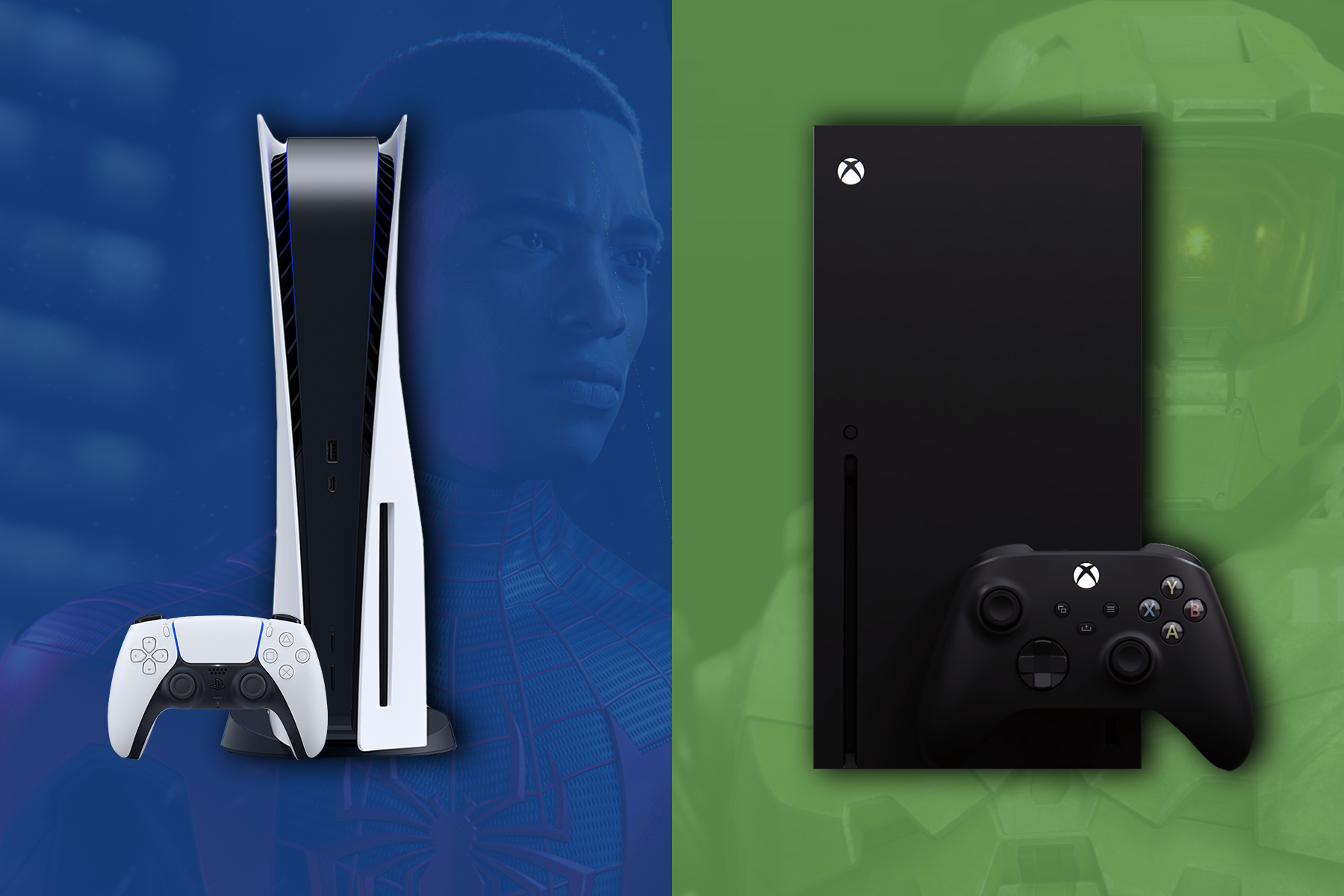
In terms of the brands’ previous throwdown showdowns, Microsoft was late to the royal rumble with its original Xbox release, whose 24 million worldwide sales were blitzed by the 155 million PlayStation 2 units sold. Still, despite its late entry to the sixth console generation, Team Microsoft tapped out Nintendo’s GameCube (22 million) and KO’ed Sega’s Dreamcast (9.13 million).
Though ultimately dwarfed by the surprise runaway success of Nintendo’s Wii with its 101.63 million worldwide sales, the battle between the PlayStation 3 and Xbox 360 was much, much closer. While Sony won again with 87.4 million worldwide sales of its third console, Microsoft was swinging at Sony until the end with 84 million worldwide sales of its second console.
The Xbox One vs PlayStation 4 brawl should’ve been even closer, but after an odd TV-focused unveiling, an initial stubborn commitment to an always-online requirement, and way too big an emphasis on the now-discontinued Kinect technology, Microsoft lost a lot of ground after the first-round bell. The result: more than 106 million PlayStation 4s sold, compared to an estimated 47 million Xbox Ones.
Even if you disregard Microsoft’s rocky start, Sony ultimately won out with a diverse range of quality PS4-exclusive game. It would seem that Microsoft attends to address this with the Series X, care of the purchase of some big-name developers a few years ago.
On the surface, PS5 and Series X are poised to have a very balanced bout. Series X gets in the first jab with a slightly faster CPU, but the CPU and RAM specs are neck and neck. While the Series X strikes harder with more internal storage capacity, the PS5 likely jabs faster with its speedy custom solid-state drive (SSD) and the promise of incredibly short loading times.
Microsoft has pledged support for external drives and the Series X has a 1TB expansion port. The PlayStation 5 will have a dedicated M2 expansion port, plus it will support USB external drives, albeit only for PS4 backwards compatibility games.
Speaking of backwards compatibility, Sony has promised to have the overwhelming majority of the 4,000-ish PS4 library playable, but Microsoft is countering by supporting for a combo of thousands of games from its past three console generations.
Both consoles will look the part with support for up to 8K resolution, but that would assumedly be limited to 30 frames per second (fps). Microsoft has said it’s aiming for 4K 60fps as the standard for Xbox One X games, albeit with the option for developers to push games up to 120fps, which may also impact the resolution. The PS5 also lists support for 120Hz TVs, which means it’s likely it will let developers favour frame rate (up to 120fps) over fidelity.
PlayStation 5 audio advantage
Audiophiles and competitive gamers may well be tempted by the PS5’s Tempest 3D AudioTech. Sony describes this hardware-based audio solution as highly immersive 3D audio, designed to provide a greater sense of presence and locality, similar to what’s found in high-end gaming headsets.
While this positive ear-punch is best experienced with a headset, Sony claims you’ll hear the difference with speakers (apparently even TV speakers).
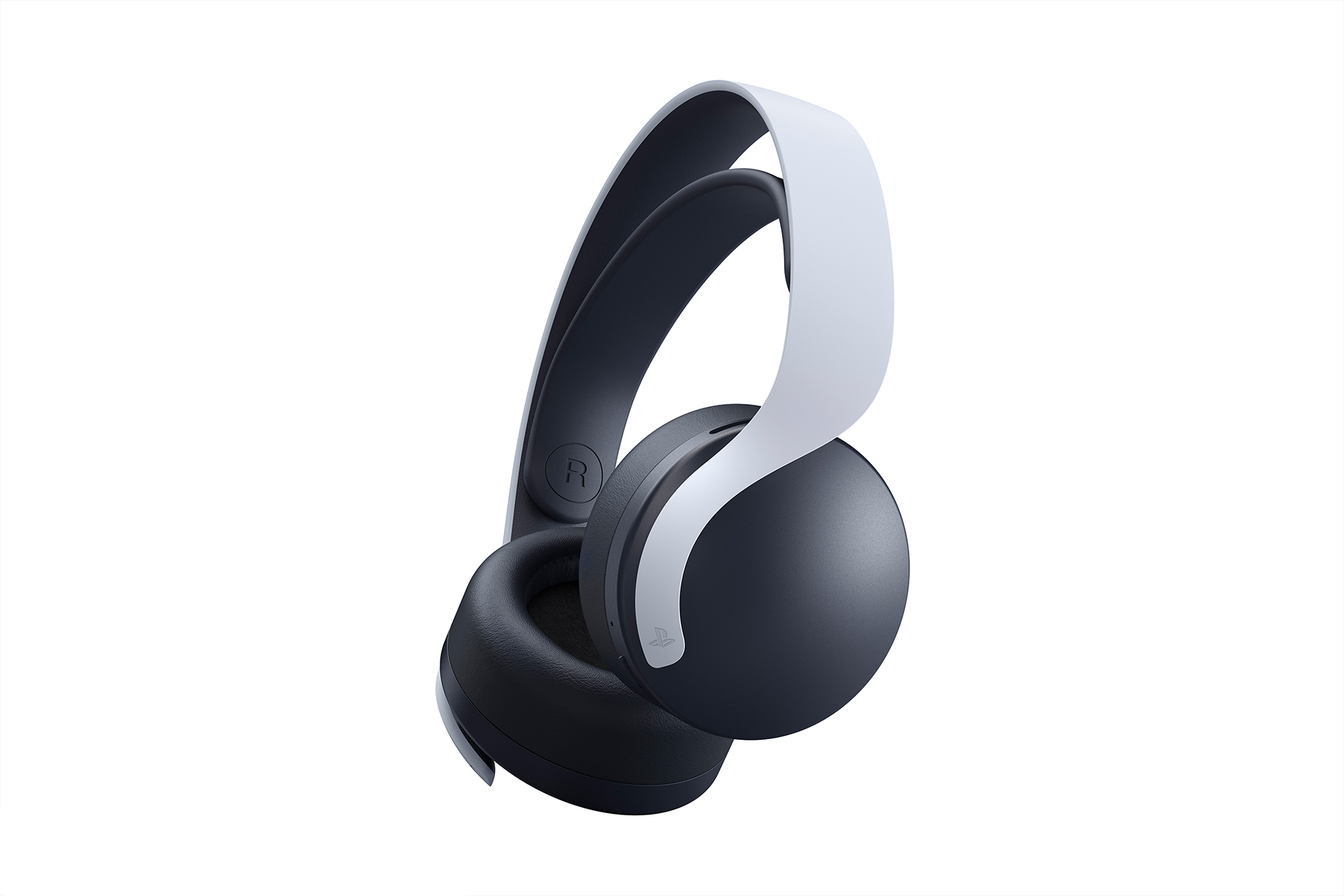
Xbox Series X low-latency edge
While Sony is after a synergy in sounds and sights, Microsoft is more interested in rewarding hand-eye coordination. The Series X integrates a whole bunch of technology to lower latency, which should have the result of more responsive gaming. Microsoft also reckons these low-latency improvements don’t come at the cost of battery life.
Controller inputs are set to be faster than ever before, then synchronised with console and screen to create the kind of low-latency responsiveness that’s normally reserved for mechanical keyboards with incredibly short actuation points. You can reportedly also opt for a wired connection for even faster button inputs.
Next-gen fidelity
Expect visual parity between third-party titles and even first-party games for both PS5 and Series X. In the past, both Sony and Microsoft have built consoles that were initially difficult to make games for which, despite their powerful innards, created a noticeable quality gap between comparable third-party games.
It’s likely that the two combatants have learnt from these past mistakes for their respective next-gen consoles. While 8K gaming will be achievable, it’s not likely to become the standard anytime soon, mostly because a lack of other 8K-resolution content to justify the steep cost of an 8K TV.
4K TVs, though, are a whole lot more ubiquitous these days, which means 4K-resolution games will become the new benchmark, hopefully with 60fps as the standard across both. The more important consideration for competitive gamers seeking a fighting advantage (possibly in cross-platform games) is 120fps titles that result in reduced input latency and reward faster reactions.
Ray tracing
Expect to see a lot more of the ‘ray tracing’ buzzword in the coming months. It’s already a big part of the Nvidia vs AMD debate, with Nvidia’s 20-series GPUs all including ray-tracing capabilities to render realistic lighting in real-time.
The PS5 and Series X both have the capacity for ray tracing, which is a resource-demanding technology which, if active or activated in a game (PC games give you the option to enable or disable it), will result in other graphical compromises, like lower frame rates or even lower resolutions to facilitate a stable playable frame rate.
To date, the implementation of ray tracing in PC games ranges from barely noticeable and unimpressive in the likes of subtle shadow improvements in Call of Duty: Modern Warfare, to the jaw-dropping immersion of realistic lighting, shadows, and reflections of Control.
DualSense Wireless Controller vs Xbox Wireless Controller
Sony seemed to only make incremental changes to the DualShock controller between the first three PlayStations, but the DualShock 4 for the PS4 was its best gaming companion yet. The DualShock name may be retired, but the PS5’s DualSense Wireless Controller is ready to build on what was great about the DualShock 4.
The light bar has been sagely shifted from the front to the top of the controller, and there’s a currently mysterious Create button where the Share button used to be (though the Share button isn’t gone, apparently). In terms of feel, the DualSense boasts haptic feedback and adaptive triggers to contextually replicate the feel of what you’re playing.
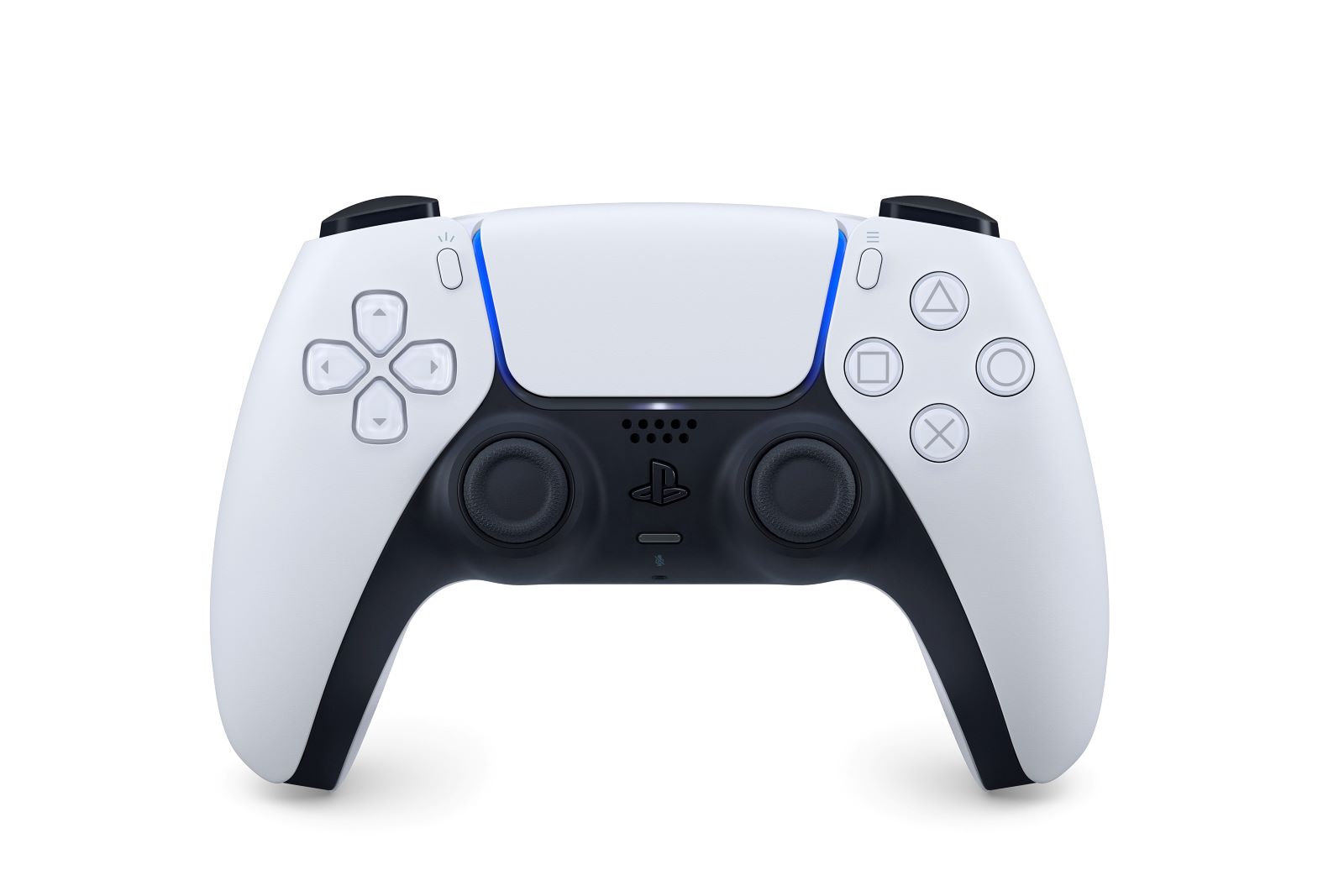
Microsoft has refined what it started with the Xbox One controller, building a new Xbox Wireless Controller that splices that basic form with the fighting lessons learnt from the pricier Xbox Elite Wireless Controller. It’s set to work across a range of devices, including PC and smartphone/tablet, with a size that’s meant to feel great whether you have the hands of an eight-year-old or a competitive slapper.
There’s a dedicated Share button alongside a reworked D-pad, with grip improvements care of a matte finish meant to match dry or sweaty grips.
The big difference between the two controllers that’ll likely be debated long after release comes down to batteries. DualSense has a rechargeable battery that Sony claims has a strong battery life. Microsoft’s new controller needs AA batteries but can be upgraded with a rechargeable battery pack.
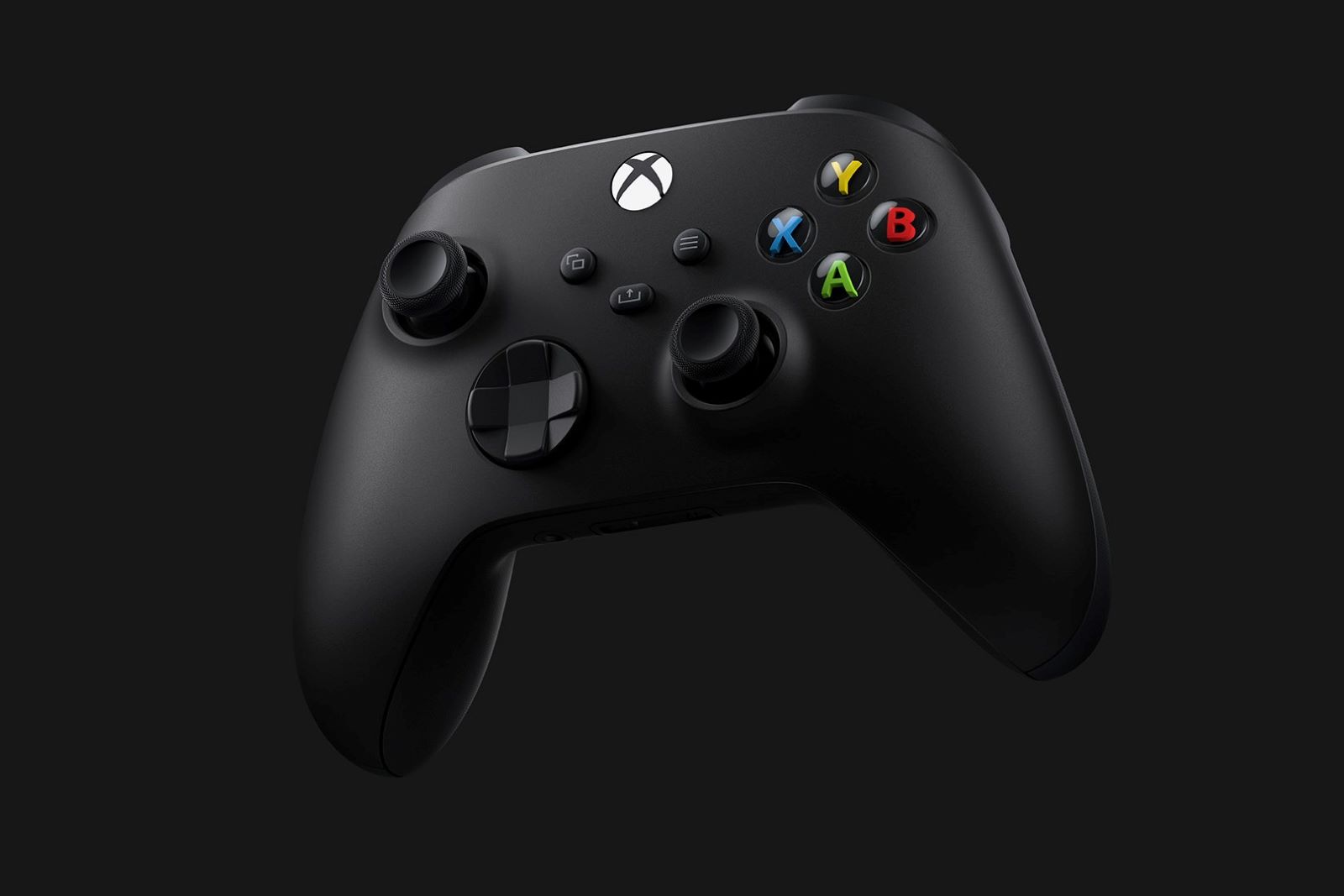
Console-exclusive games
Outside of a number of confirmed third-party games that will launch on both PS5 and Series X, there’s a fistful of exclusives that have been confirmed for both platforms.
For Series X, the big one is i, which is the next core Halo space outing that’s set to be a launch title. The other big one for the Series X is Senua’s Saga: Hellblade II, which is a stunning-looking sequel to the well-received exploration of psychosis through a dark fantasy lens. More Series X exclusives will be announced in the lead-up to launch.
The PS5 has nine exclusive titles that are officially in development, including Gran Turismo 7 for race-sim fans, the continuation of the long-running action-platformer series in Ratchet & Clank: Rift Apart, more web-swinging in Marvel’s Spider-Man Miles Morales, and a stunning-looking sequel to a newish Sony IP in Horizon Forbidden West.
As for the other officially unveiled PS5 exclusives, you can pick from Astro’s Playroom, Demon’s Souls, Destruction All Stars, Returnal, and Sackboy A Big Adventure.

Smart Delivery
Microsoft is introducing a bucks-saving feature called Smart Delivery that means you can buy an Xbox One version of a game, like Halo Infinite, then upgrade it to the Xbox Series X version free of charge. At the moment, EA and Ubisoft have both committed to the Smart Delivery program, albeit EA has a time limit for when players can take advantage of the free upgrade from Xbox One game to Xbox Series X version.
The current list of Xbox Series X Smart Delivery games is as follows:
- Assassin’s Creed Valhalla
- Call of the Sea
- Chorus
- Cyberpunk 2077
- Destiny 2
- Dirt 5
- Gears 5
- Halo Infinite
- Madden 21
- Scarlet Nexus
- Second Extinction
- The Ascent
- Vampire: The Masquerade – Bloodlines 2
- Yakuza: Like a Dragon
Next-gen prices
The pricing stalemate between Microsoft and Sony has finally ended, with Microsoft unveiling its next-gen pricing, closely followed by Sony.
How much is the Xbox Series X?
Come 10 November, you’ll be able to buy an Xbox Series X for $749. There’s also the cheaper Xbox Series S for $499. Hopefully, the next-gen Microsoft consoles don’t sell out. Pre-orders go live on 22 September at 8.00am and, if the recent PlayStation 5 pre-order fiasco is anything to go by, they’ll sell out incredibly fast.
How much is the PlayStation 5?
If you missed out on pre-ordering a PlayStation 5, the chances are good you won’t be able to buy one (at least not at the recommended retail price) until 2021. The PlayStation 5 costs $749.95, and there’s a cheaper Digital Edition for $599.95.
Xbox Series X price vs PlayStation 5 price
With only a 95-cent difference between the PlayStation 5 and the ever-so-slightly cheaper Xbox Series X, price won’t be a determining factor in whether you buy one. If you’re hoping to play games on a next-gen console before 2021, you may have to opt for an Xbox Series X by default, unless Sony can produce more consoles to meet pre-order demand.
The bigger differences are found when comparing the next-gen digital-only consoles. While we’ve got a page dedicated to the PlayStation 5 Digital Edition and Xbox Series S debate, you’re ultimately looking at saving money by opting for a PlayStation 5 Digital Edition ($599.95) or Xbox Series S ($499). At first glance, that $100.95 difference between the two makes the Xbox Series S the clear winner.
But the only hardware difference between the PlayStation 5 and the PlayStation 5 Digital Edition is a disc drive in the former and a lack of one in the latter. For the Xbox Series S, it’s noticeably less powerful than the Xbox Series X (not to mention the PlayStation 5). In this comparison, you’re better off going for a future-proofed next-gen console in the PlayStation 5 Digital Edition rather than the Xbox Series S.
Related Articles



